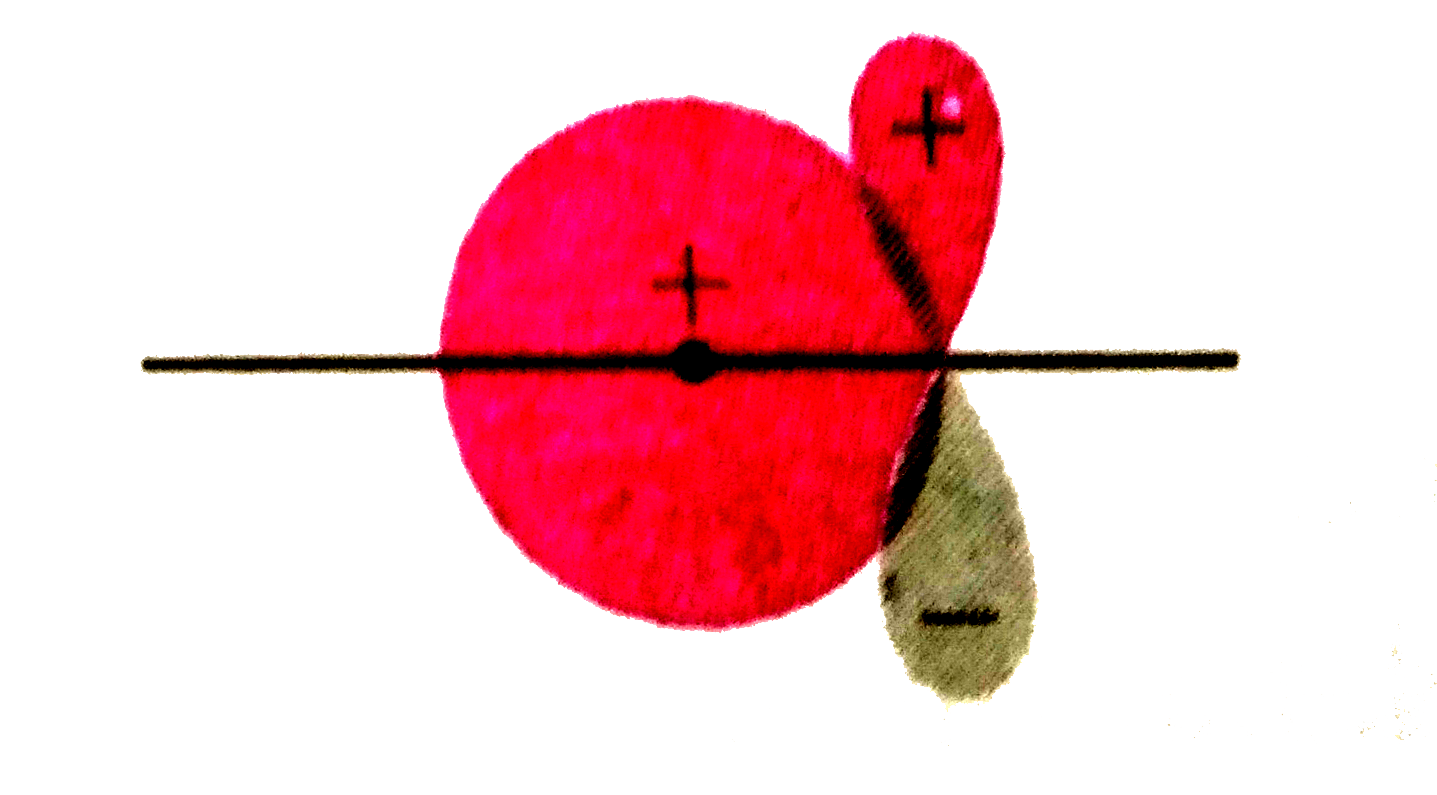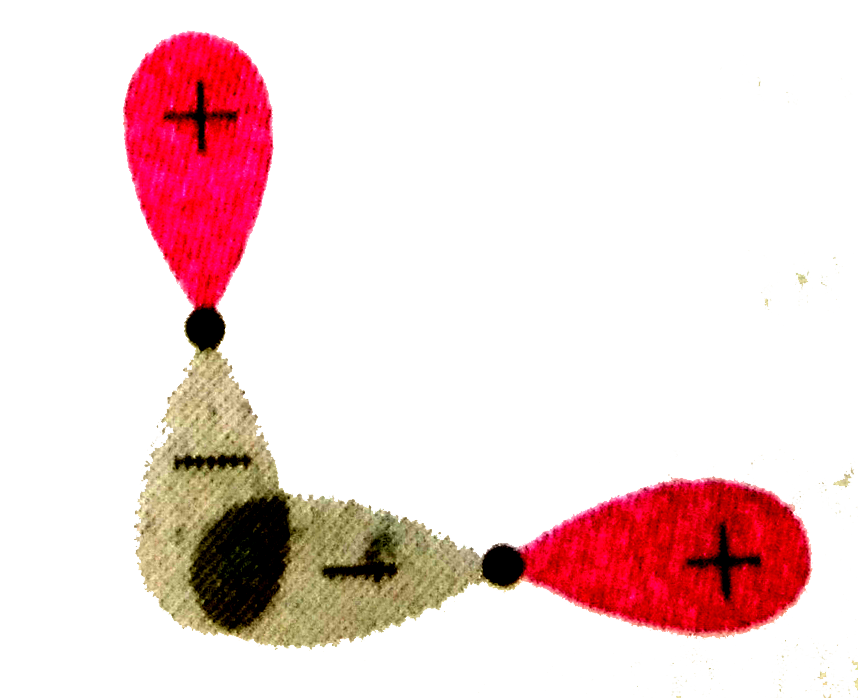Which of the following is a zero overlap which leads to non-bonding?
The correct Answer is:A
To determine which of the following options represents a zero overlap that leads to non-bonding, we need to analyze the orientation and overlap of the atomic orbitals involved in bonding.
1. Understanding Orbital Overlap:
- Bonding between atoms occurs when atomic orbitals overlap effectively. The greater the overlap, the stronger the bond. Non-bonding interactions occur when there is zero overlap between orbitals.
2. Analyzing Option A:
- In this option, we have p_x and p_y orbitals. These orbitals are oriented perpendicular to each other. Since they do not align properly, there is no overlap between them. Therefore, this results in zero overlap and leads to a non-bonding situation.
3. Analyzing Option B:
- In this case, the orbitals are properly oriented, allowing for effective overlap. This means that bonding can occur here, and thus this option does not represent a zero overlap.
4. Analyzing Option C:
- Here, we have a situation where bonding is also taking place. The orbitals involved are oriented in such a way that they can overlap, leading to the formation of a bond. Therefore, this option does not represent a zero overlap.
5. Conclusion:
- Based on the analysis, Option A is the only one that exhibits zero overlap, leading to a non-bonding situation.
Final Answer:
Option A is the zero overlap which leads to non-bonding.
- Bonding between atoms occurs when atomic orbitals overlap effectively. The greater the overlap, the stronger the bond. Non-bonding interactions occur when there is zero overlap between orbitals.
- In this option, we have p_x and p_y orbitals. These orbitals are oriented perpendicular to each other. Since they do not align properly, there is no overlap between them. Therefore, this results in zero overlap and leads to a non-bonding situation.
- In this case, the orbitals are properly oriented, allowing for effective overlap. This means that bonding can occur here, and thus this option does not represent a zero overlap.
- Here, we have a situation where bonding is also taking place. The orbitals involved are oriented in such a way that they can overlap, leading to the formation of a bond. Therefore, this option does not represent a zero overlap.
- Based on the analysis, Option A is the only one that exhibits zero overlap, leading to a non-bonding situation.
Option A is the zero overlap which leads to non-bonding.
Topper's Solved these Questions
- CHEMICAL BONDING AND MOLECULAR STRUCTUREBOOK - CENGAGE CHEMISTRY ENGLISHCHAPTER - CHEMICAL BONDING AND MOLECULAR STRUCTUREEXERCISE - Exercises Single Correct (Dipole Moment)
16 Videos
- CHEMICAL BONDING AND MOLECULAR STRUCTUREBOOK - CENGAGE CHEMISTRY ENGLISHCHAPTER - CHEMICAL BONDING AND MOLECULAR STRUCTUREEXERCISE - Exercises Single Correct (Hybridisation)
33 Videos
- CHEMICAL BONDING AND MOLECULAR STRUCTUREBOOK - CENGAGE CHEMISTRY ENGLISHCHAPTER - CHEMICAL BONDING AND MOLECULAR STRUCTUREEXERCISE - Exercises Multiple Correct (Miscellaneous)
10 Videos
- ATOMIC STRUCTUREBOOK - CENGAGE CHEMISTRY ENGLISHCHAPTER - ATOMIC STRUCTUREEXERCISE - Concept Applicationexercise(4.3)
19 Videos
- CHEMICAL EQUILIBRIUMBOOK - CENGAGE CHEMISTRY ENGLISHCHAPTER - CHEMICAL EQUILIBRIUMEXERCISE - Subjective type
1 Videos
Similar Questions
Knowledge Check
Which of the following orbital overlapping is not possible according to VBT?
A B
B C
C DAll of these
DAll of these
Which of the following leads to bonding?
View SolutionWhich of the following leads to bonding?
View SolutionWhich of the following has a non zero dipole moment ?
View SolutionWhich of the following will result in zero overlap if molecular axis is x−axis ?
View SolutionWhich of the following set of overlap can not provide π -bond formation
View Solutionwhich of the following arethe ores of lead ?
View Solutionwhich of the following leads to redox reaction ?
View Solution
